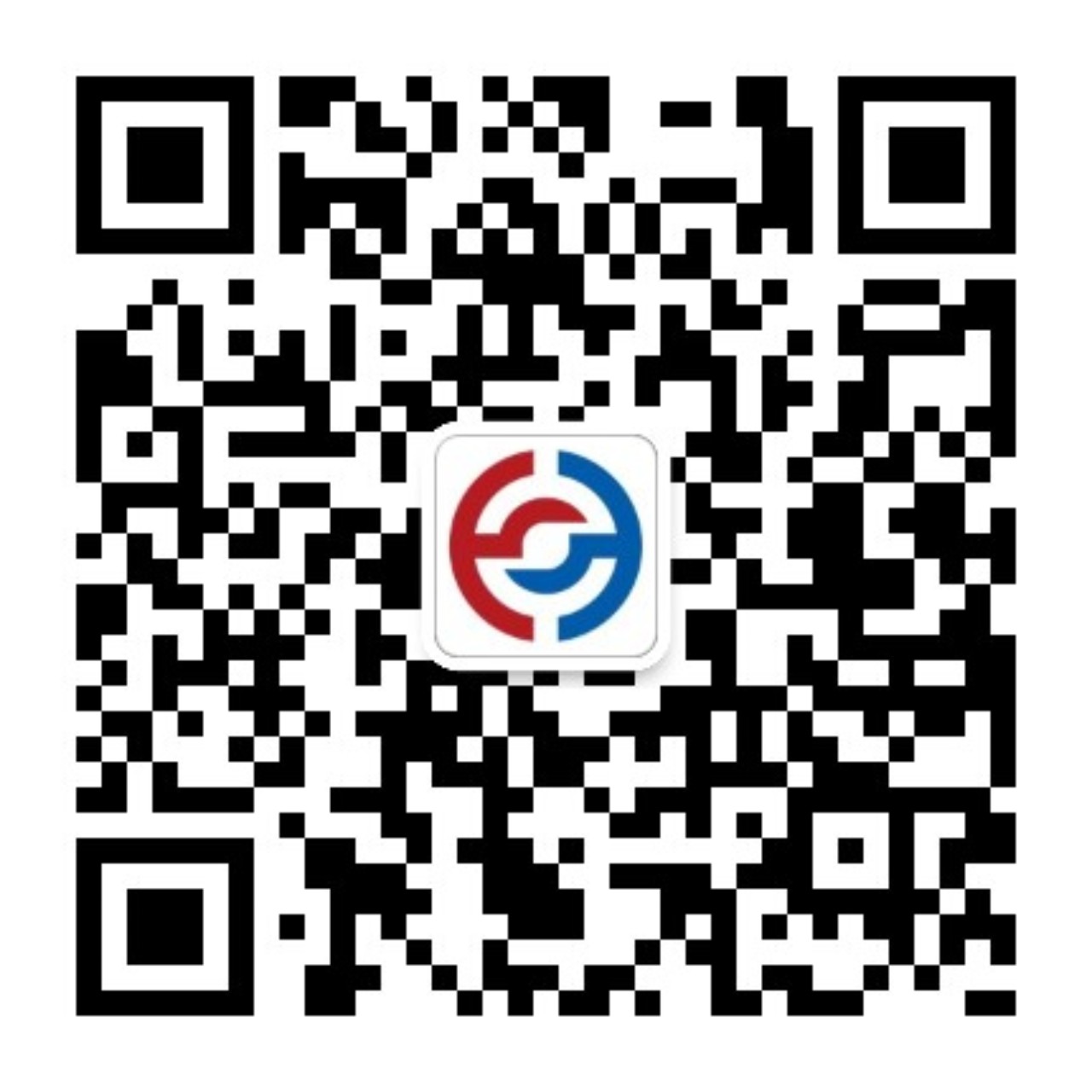澳大利亚11月就业人数下降-21.3万,就业岗位受到冲击。澳大利亚11月的劳动力数据令人意外下跌,就业人数下降了-21.3万人,而预期将增加2万人。这一疲软是由全职职位急剧下降-56.50万造成的,部分被兼职职位增加35.2万所抵消。
Australia jobs shock as employment drops -21.3k in November.Australia's November labor data delivered a downside surprise, with employment falling by -21.3k against expectations for a 20k increase. The weakness was driven by a sharp -56.5k drop in full-time positions, partly offset by a 35.2k rise in part-time roles.
